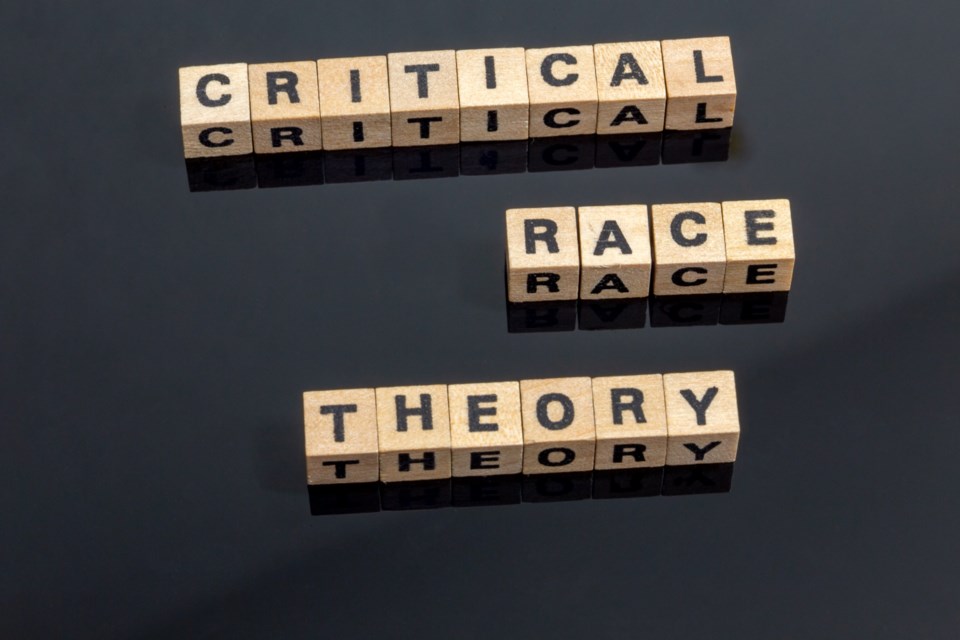As the (CRT) ramps up across the United States, it has become one of the most politicized schools of thought, . While debates surrounding CRT are not new, it has gained increased attention .
Proponents of CRT argue that it is and the myriad of ways it is embedded in society, institutional policies, processes and practices.
But critics of CRT assert that it is that villainizes white people and indoctrinates young minds.
Parents and politicians express . Similarly, as colleges and universities commemorated Black History Month in February, some parents .
The rage among white nationals and extremists has transpired into at approximately 16 historically Black universities.
Given the moral panic that has erupted, some argue that much of the backlash surrounding CRT is . Criticisms about CRT largely stem from individuals who misunderstand and misconstrue CRT’s key tenets.
According to historian and co-editor of Critical Race Studies Across Disciplines, :
“Many that are condemning critical race theory haven’t read it or studied it intensely. This is largely predicated on fear: the fear of losing power and influence and privilege. The larger issue that this is all stemming from is a desire to deny the truth about America, about racism.”
Defining CRT
Critical race theory emerged in the mid-1970s as a response and opposition to colour-blind discourses . Kimberlé Crenshaw, Derrick Bell, Richard Delgado, Mari Matsuda, Patricia Williams, along with many other racialized scholars and activists, played a pivotal role in advancing CRT as a social and intellectual movement.
CRT is guided by several tenets, one of which is recognizing that race is a socially constructed phenomenon that has historical and contemporary significance. A CRT analysis acknowledges how the legacy of slavery, segregation and the social construction of a racial caste system denigrates racialized people.
It also acknowledges that . CRT rejects dominant ideologies of . Issues around race and racism are central to understanding power imbalances.
Rather than challenge systemic racism, ideologies of objectivity, colour-blindness and meritocracy blame racialized people, both individually and collectively for their own oppression.
Centering the perspectives and lived experiences of Black and racialized people is often emphasized through storytelling, counter-storytelling and collaboration. CRT also examines the ways in which people’s intersecting and overlapping identities of race, gender, class and other axes of oppression . It is action-oriented and is committed to advancing a social justice agenda.
Relevance to Canada
Discussions of CRT have largely taken place in the U.S. However, the political polarization of CRT .
In contrast to the U.S., Canada is often characterized as welcoming and accepting of people from racially and ethnically diverse backgrounds. Therefore, it could be argued that racism in Canada is not as pervasive as it is in the U.S. But Canada has a violent colonial history that has and continues to denigrate and exploit Indigenous, Black and racialized people.
The rise of the so-called “freedom convoy” that has infiltrated Canadian soil raises many questions of .
Although disguised as opposition to government restrictions around COVID-19, the protests and blockades reflect .
The bold display of with minimal repercussions, points to the stark contrast between white supremacist tolerance and the ways in which Black, Indigenous and racialized people are violently policed for merely existing in a so-called “.”
Canada’s lack of accountability of the indoctrinated violence of white rage emphasizes the imminent veil of white supremacy dominating Canadian society.
Unpacking the discomfort of CRT
CRT has become the subject of contention and heavily condemned because of its bold and unapologetic approach to disrupting power imbalances and systems of oppression. While CRT moves beyond individual or interpersonal acts of racism, much of the debate around it focuses on the ways in which CRT interrogates race, racism, dominant ideologies and implicates white people.
Eurocentric ideologies position white people as the dominant race, . Consequently, anything that challenges .
Some white people may be defensive or resistant to these types of conversations, as they trigger a range of emotions or reactions from shame, discomfort, anxiety, disbelief, fear, anger, confusion, remorse or grief. According to , white people “never had to think about what it means, in power terms, to be white, so any time they’re vaguely reminded of this fact, they interpret it as an affront.”
The power and privilege white people hold has shielded many from having to grapple with the possibility that they could be contributing to the problem. In response to perceived indignities, some cling to the myth of reverse racism, while others resort to retaliation or violence.
Scholars use various terms , to conceptualize and articulate how white people impose, maintain and recreate whiteness, racist ideologies and white supremacy.
According , by interrogating racism and white supremacy, CRT “emphasizes the prevalence and insidiousness of racism,” highlighting how “overwhelmingly detrimental” it is to racialized people and the myriad of ways in which it operates to maintain the racist status quo.
A CRT framework de-centres whiteness and offers a lens through which to understand the prosperity of institutionalized and systemic racism.
Erroneous claims about the purpose and foundational tenets of CRT strategically deflect attention from dominant ideologies that uphold and reinforce the status quo.
Rather than condemn, misrepresent and misconstrue CRT’s key principles, opponents of CRT should make a concerted effort to increase their knowledge of its theoretical underpinnings and undertake deep and complex analysis of racial and structural disparities.
A vital step in achieving the kind of action and change that CRT proposes is for each of us to be intentional and steadfast in our convictions to dismantle racist and oppressive power structures that thwart progress towards a just and equitable society.
Keisha Smuk, a research assistant and bachelor of social work student from the University of Calgary, contributed to the production of this article.
Patrina Duhaney does not work for, consult, own shares in or receive funding from any company or organization that would benefit from this article, and has disclosed no relevant affiliations beyond their academic appointment.


